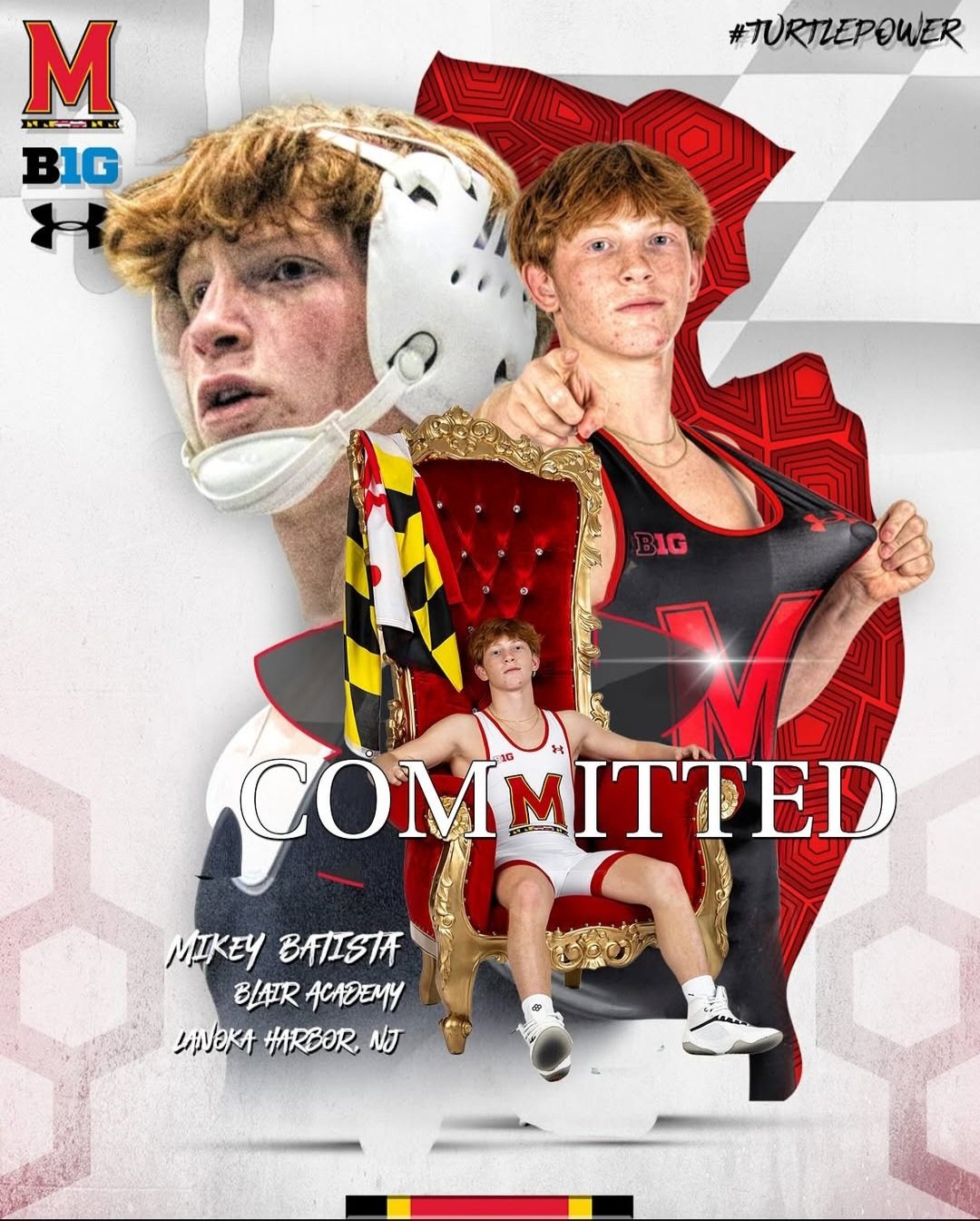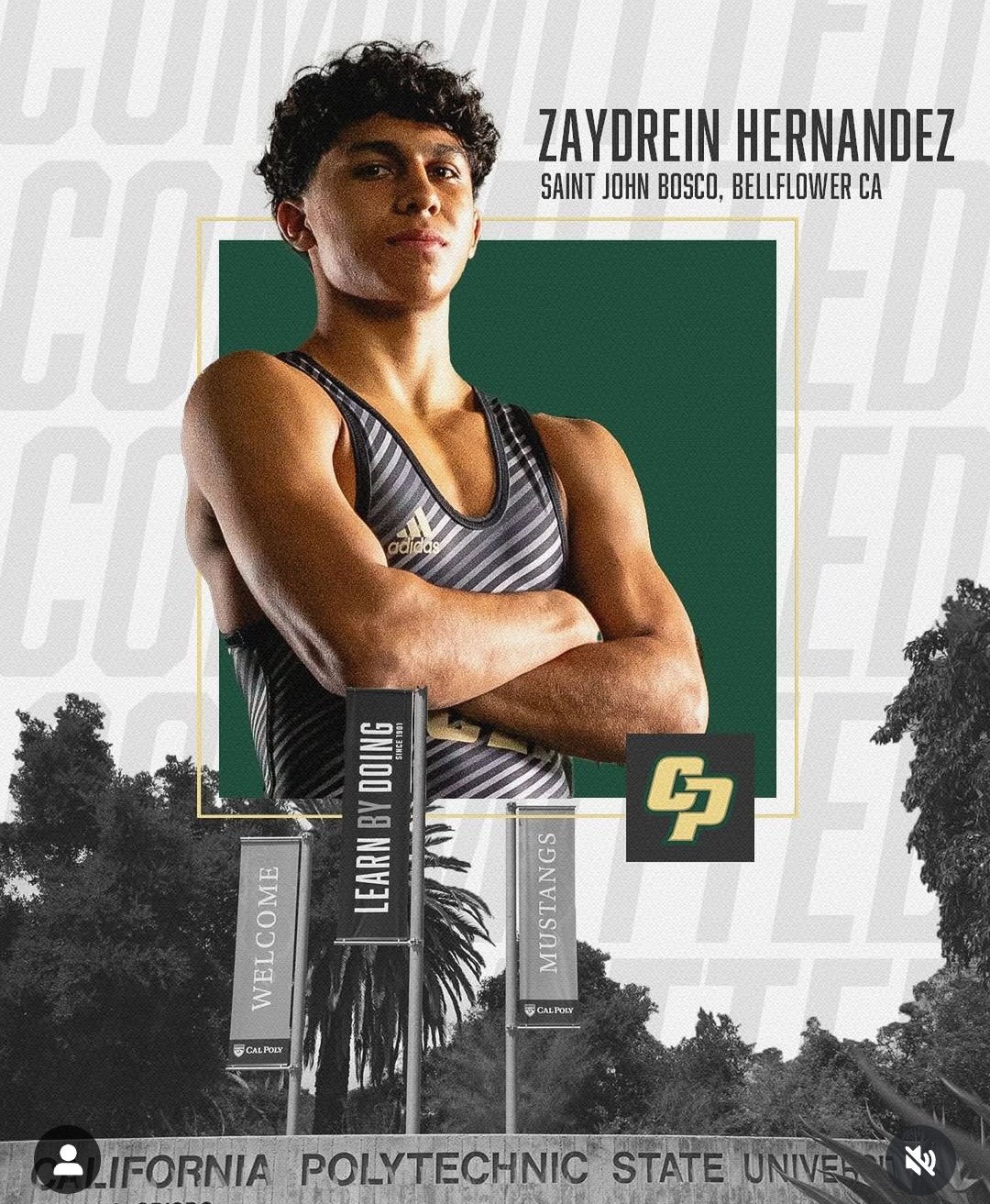3 point takedowns but 2 point reversals
-
Latest Rankings
-
Updated
-
Updated
-
Updated
-
Updated
-
-
College Commitments
Brendan Kelly
Malvern Prep, Pennsylvania
Class of 2026
Committed to Duke
Projected Weight: 125
Mikey Batista
Blair Academy, New Jersey
Class of 2027
Committed to Maryland
Projected Weight: 125
Zaydrein Hernandez
St. John Bosco, California
Class of 2026
Committed to Cal Poly
Projected Weight: 133, 141
Landon Sidun
Norwin, Pennsylvania
Class of 2027
Committed to Penn State
Projected Weight: 125






Recommended Posts
Create an account or sign in to comment
You need to be a member in order to leave a comment
Create an account
Sign up for a new account in our community. It's easy!
Register a new accountSign in
Already have an account? Sign in here.
Sign In Now